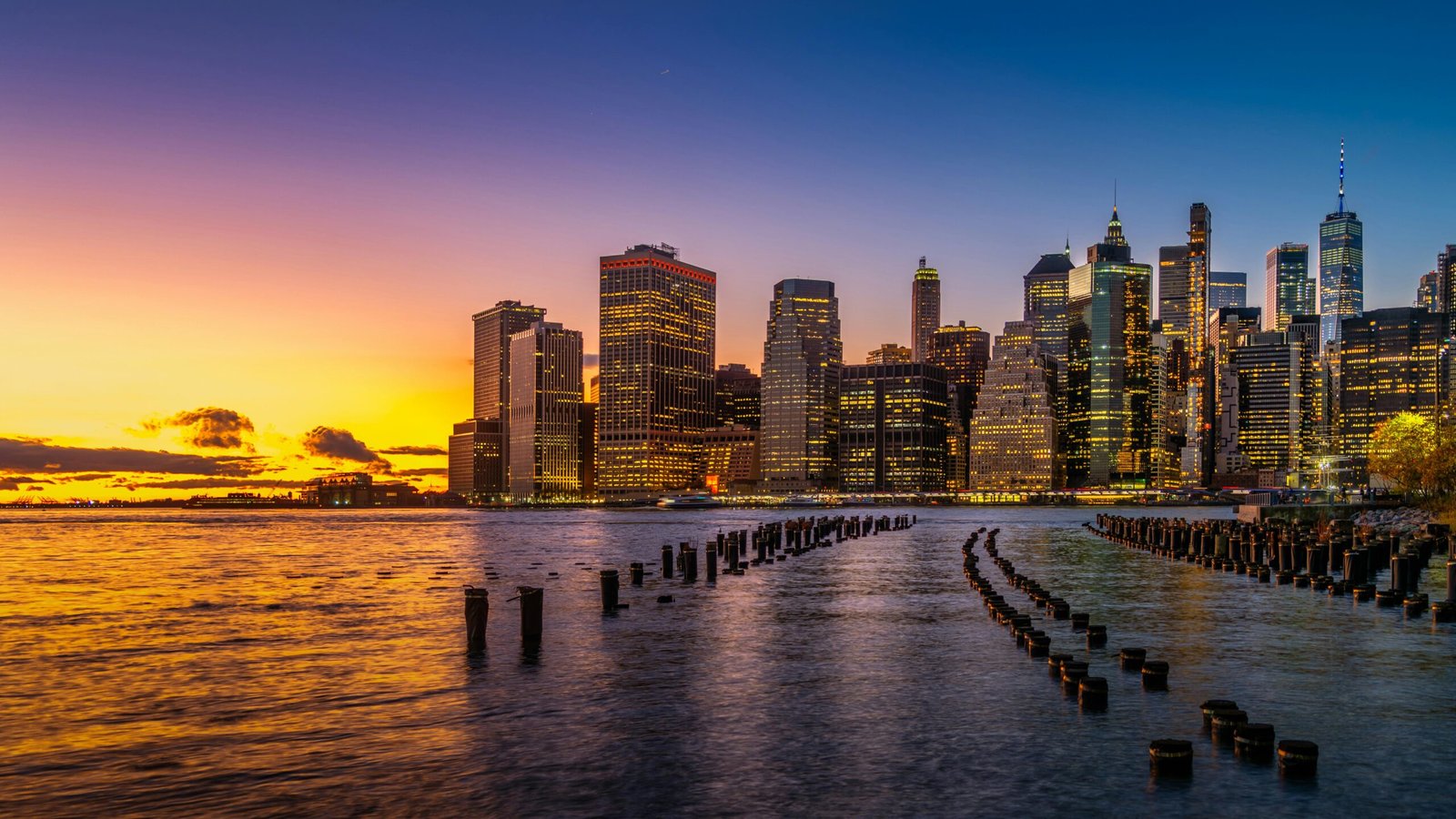In an era shaped by technological advancements, evolving employment patterns, and the catalytic effects of a global pandemic, the global demand for office spaces is witnessing a pronounced decline.
This pivotal transformation is not just reshaping the commercial real estate landscape but also signaling profound economic implications worldwide. From altering the future of urban development to challenging investors and property owners to rethink their strategies, the slow yet persistent reduction in office space demand marks a significant shift with enduring impacts on economic frameworks and urban dynamics.
Unveiling the complex interplay between remote work trends, economic adjustments, and real estate transformations, We delve deep into understanding the ramifications of this global shift and the strategies that could redefine the future of workspaces and cities around the world.

The Slow Decline of Office Space Demand
The decline in office demand didn’t happen overnight. With the rise of digital transformation and telecommuting options over the past decade, many businesses had already begun to reconsider their need for expansive office spaces.
However, the COVID-19 crisis acted as a catalyst, expediting this trend by forcing companies and employees to adopt remote working practices, many of which have proven to be cost-effective and productivity-enhancing.
The persistence of remote work and the adoption of hybrid models have led several companies to downsize their office space or eliminate it entirely.
According to a survey by KPMG, about 69% of large company CEOs planned to downsize their office spaces. This slow but steady decrease in demand is reshaping the landscape of urban economies and poses new challenges and opportunities for real estate investment.
Economic Implications of Reduced Office Demand
The reduced demand for office spaces impacts the world economy in several subtle ways. First, it affects the property market values negatively, reducing rental income and increasing vacancies which in turn affect local government revenues derived from property taxes.
These shifts may lead to a decrease in public services unless alternative funding can be secured, potentially impacting urban development and maintenance. See here.
Additionally, since many peripheral businesses such as retail, hospitality, and transportation depend heavily on the influx of office workers, their revenue streams are at risk, further contributing to the economic downturns in urban areas.
The Future of Office Properties
As demand for traditional office space contracts, the surplus of commercial properties presents a unique challenge. However, it also offers an opportunity for reimagination and repurposing. Some of the probable transformations could include:
Conversion into Residential Units: Converting office spaces into apartments or mixed-use facilities can help alleviate the housing shortages prevalent in many urban areas.
Adaptation into Coworking Spaces: There’s a growing trend toward shared and flexible workspaces, which could make use of these expansive areas while catering to freelancers and smaller enterprises.
Retail and Hospitality Enterprises: Some spaces may transform into shopping centers, hotels, or other customer-oriented businesses that can benefit from high traffic locations and spacious layouts. Check out the Global Prime Office Rent Tracker here.

The Domino Effect on Investors and Building Owners
The most significant impact of the shift away from office space demand falls on real estate investors and building owners. The depreciation in property value not only affects their capital investments but also reduces the income generated from these assets. Furthermore, as tenants opt out or negotiate lower rentals, the financial strain increases, leading to a cascading effect on the real estate market as a whole.
Compounding this issue is the fact that it’s not an isolated market adjustment but a potential indicator of future trends, putting long-term investments at risk.
Options and Strategies for Real Estate Owners
Real estate owners need to adapt to survive this downturn. Some strategic responses include:
Diversification: Investors might consider diversifying their portfolios to include a broader range of properties, such as industrial or residential real estate, reducing their exposure to any single market fluctuation.
Enhancing Property Value: Upgrading and repositioning office properties to meet the new market demands, such as enhanced digital infrastructure for hybrid working environments, can make these spaces more appealing.
Exploring New Revenue Models: Implementing flexible leasing structures or incorporating services that add value for tenants could help stabilize income.
The Dichotomy of Work Environments
This dichotomy has fueled a subtle yet potent narrative. Those in serene, healthful home setups often favor the continued embrace of remote work, appreciating the intersection of comfort, well-being, and productivity. Conversely, there’s a counter-narrative—partly an “agenda” from those craving the compartmentalization and camaraderie that the office provides, which might be sorely missing in homes bustling with young children or other family obligations.
This craving for an external workspace might be less about the work itself and more about seeking a slice of normalcy and personal space—a critical component of mental health and work satisfaction.

Traffic and Commuting: A Paradigm Shift
Remarkably, the transition to remote work has also instigated a unique phenomenon in metropolitan areas—reduced traffic congestion, a perennial urban problem.
With fewer commuters on the roads, the daily rhythms of city life are transforming. This reduction in vehicles brings not only a much-appreciated decrease in transport-related stress but also highlights an environmental silver lining. Improved air quality and a decrease in noise pollution are just the tips of the iceberg.
A Shift Toward Green Workspaces
Environmental focus offers new ways to repurpose office spaces. Greener office designs can rejuvenate real estate. Biophilic elements like vertical gardens and solar energy enhance both ecology and employee wellness.
Office Parks Concept
Office parks blend work with natural settings, boosting morale and green urban areas. They attract those needing a break from home, serving both workers and residents.
Challenges and Opportunities
The decline in office demand challenges traditional views but opens innovation paths in property management.
Workforce Needs
Remote tech has enabled home offices, yet many still value the office for its separation from home life.
Urban Strategy Shift
Urban planning now requires flexibility and innovation to adapt to these changes, promoting sustainability.
Resilience in Real Estate
Adaptability in real estate, alongside economic adjustments, shapes future urban landscapes and stability.
Thinking of Early Retirement? See Here



















